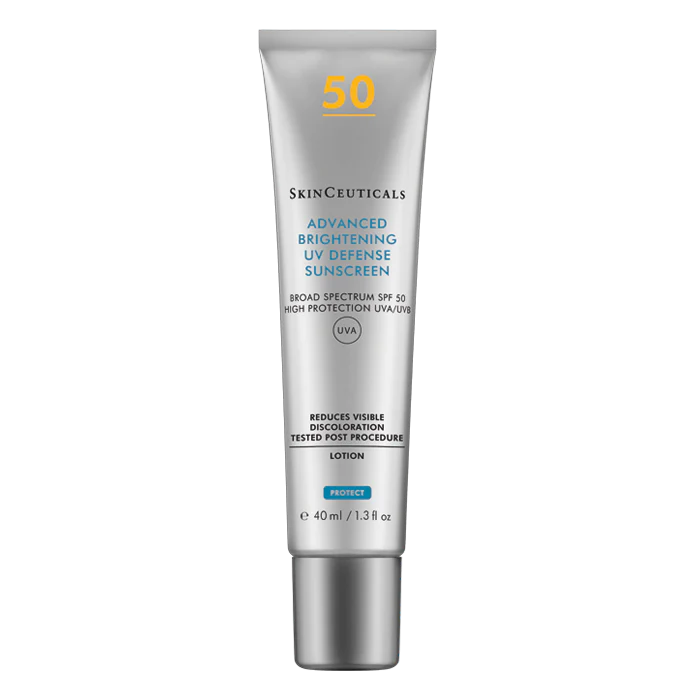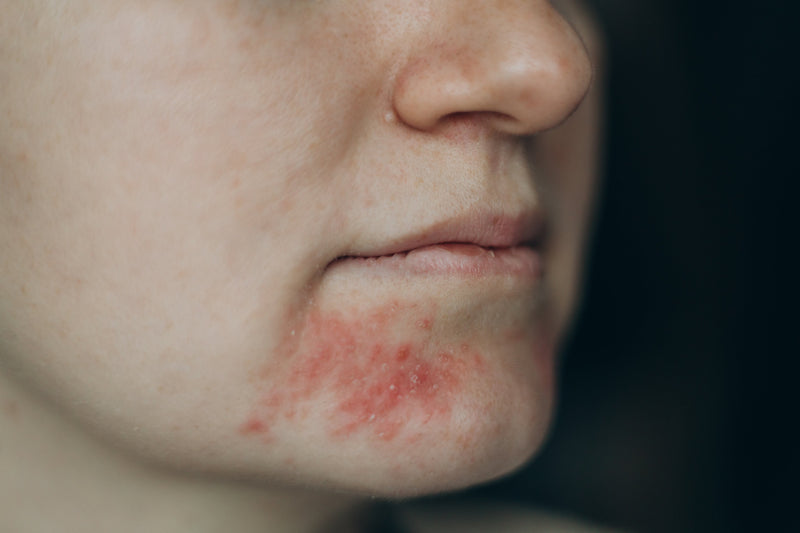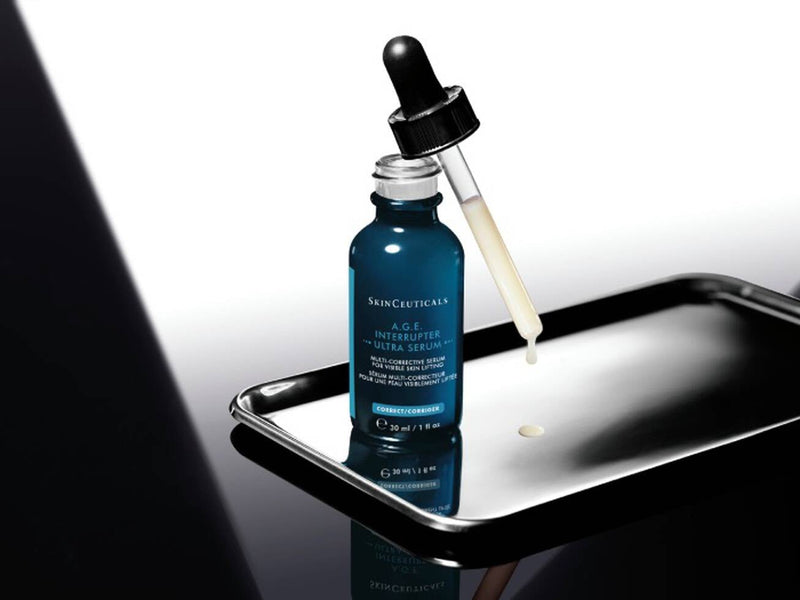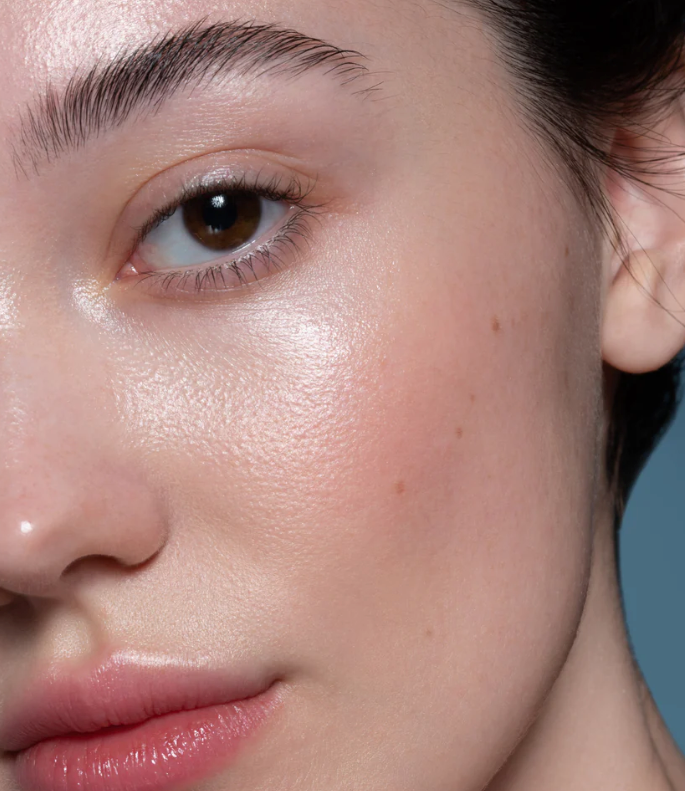The Science
Mitosis is the process by which a single cell divides to produce two identical daughter cells.
It is the foundation of growth, repair, and regeneration throughout the body — but it’s particularly vital in the skin, where cells are constantly renewed.
The skin’s outer layer, the epidermis, renews itself roughly every 28 days in youth, with this cycle slowing progressively with age.
At the base of the epidermis lies the basal layer — home to keratinocytes, the main skin cells responsible for creating the protective barrier.
Within this layer, mitosis drives continuous renewal:
-
New keratinocytes are formed by mitotic division.
-
These cells migrate upward through the epidermal layers.
-
As they rise, they flatten, lose their nuclei, and form the tough outer stratum corneum.
-
Eventually, they are shed — a process known as desquamation.
The balance between mitosis and shedding maintains a smooth, resilient skin surface.
Cellular Control and Communication
Mitosis is tightly regulated. It depends on clear signals from growth factors, hormones, and cell–cell communication.
Each phase of mitosis — prophase, metaphase, anaphase, telophase — ensures that DNA is copied accurately before division.
The cell cycle checkpoints detect DNA damage and halt division until repair is complete.
This prevents mutations that could lead to premature ageing or, in severe cases, skin cancer.
When signalling is balanced, cells divide at the right pace for repair and renewal.
When it’s disrupted — through UV damage, oxidative stress, or chronic inflammation — mitosis slows or becomes faulty, leading to barrier dysfunction and visible ageing.
The Role of Mitosis in Skin Health
-
Wound Healing
After injury or treatment, mitosis accelerates to replace damaged cells. Growth factors (like EGF, FGF, and TGF-β) are released to stimulate division in both the epidermis and dermis.
-
Ageing
As we age, mitotic activity declines due to DNA damage, telomere shortening, and reduced mitochondrial energy.
Fewer new cells reach the surface; turnover slows; the stratum corneum thickens and dulls.
-
Inflammation and Disease
Chronic inflammation interferes with mitotic signals, causing uneven regeneration.
In psoriasis, for example, mitosis accelerates excessively, producing immature cells faster than they can mature — resulting in scaling and redness.
-
Treatment Recovery
Clinical treatments such as microneedling, chemical peels, and LED phototherapy work by triggering controlled injury to stimulate mitosis and new cell formation.
Healthy mitochondrial energy and nutrient supply ensure those new cells are strong and functional.
What Affects Mitosis
-
Nutrition: amino acids, vitamins A, C, and D, zinc, and NAD⁺ support DNA replication and repair.
-
Oxygen and circulation: adequate oxygen is essential for energy and accurate DNA copying.
-
Hormones: oestrogen and growth hormone enhance mitotic activity; their decline with age contributes to slower renewal.
-
Sleep and circadian rhythm: most cellular division occurs at night, during deep sleep when repair genes are most active.
-
UV exposure: damages DNA, impairs checkpoints, and accelerates senescence — reducing mitotic efficiency.
How to Support Healthy Mitosis
-
Topical Support – antioxidants, retinol, peptides, and growth-factor-based serums protect DNA and encourage accurate replication.
-
Internal Nutrition – ensure adequate intake of protein, B vitamins, and NAD⁺ boosters (e.g., Nuchido Time⁺) to fuel energy for division.
-
Treatment Integration – LED, microneedling, and resurfacing treatments stimulate turnover; post-treatment recovery relies on nutrient-rich support.
-
Lifestyle Balance – sleep, hydration, and stress regulation optimise hormonal and mitochondrial balance, keeping the cell cycle efficient.
In Summary
Mitosis is the quiet rhythm of life beneath the surface — the skin’s way of renewing, protecting, and adapting.
When it runs smoothly, skin remains clear, even, and resilient.
When it falters, ageing, inflammation, and barrier weakness follow.
Every treatment and lifestyle habit that protects DNA, restores mitochondrial energy, and reduces inflammation helps keep mitosis in rhythm — ensuring the skin continues to repair itself beautifully and on time.



















































